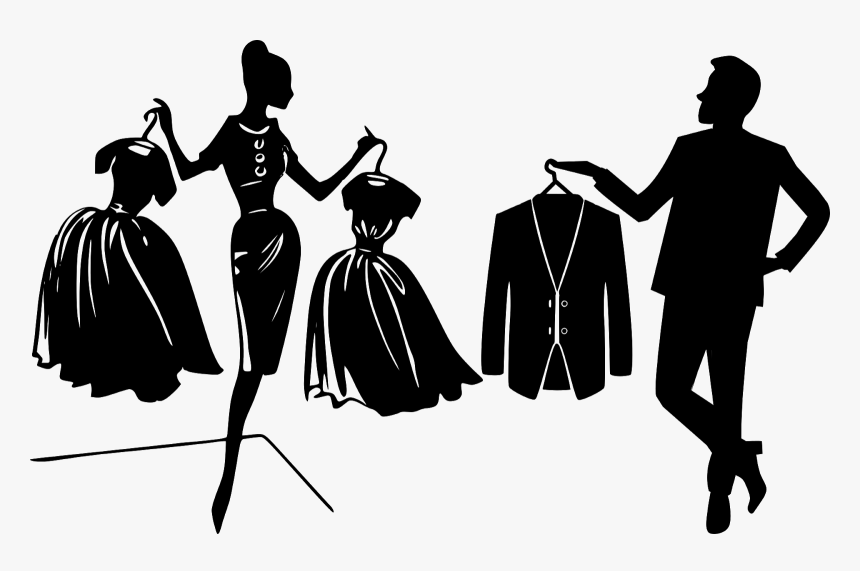15 Chic Hairstyle Transformations: Non-Surgical Approaches to Enhancing Aesthetics
Contemporary aesthetics often prioritize minimizing invasive procedures. This article explores fifteen non-surgical methods for revitalizing one's hairstyle, ranging from simple adjustments to more elaborate styling techniques, all achievable without professional intervention. The strategies presented leverage established principles of hairdressing and styling to achieve significant aesthetic improvements.
1. Strategic Parting: Modifying the Visual Perception of Facial Features: Hair parting significantly impacts the perceived facial symmetry and overall aesthetic balance. The application of Gestalt principles, specifically the figure-ground relationship, highlights how a simple shift from a center part to a deep side part can dramatically alter the perceived proportions of the face, thereby influencing overall attractiveness. Experimentation with different parting positions allows for personalized optimization of this effect.
2. Accessory-Based Enhancement: Augmenting Existing Styles: Hair accessories function as immediate style modifiers. Applying principles of visual merchandising, these accessories (headbands, hairpins, scrunchies) act as focal points, drawing attention away from less desirable features and introducing vibrant color or texture to elevate the overall look. This approach aligns with the concept of "strategic visual layering" commonly utilized in fashion and design.
3. Braiding Techniques: Introducing Textural Complexity and Visual Interest: Braiding offers multifaceted textural and aesthetic enhancements. From simple three-strand braids to intricate fishtail or French braid patterns, the incorporation of braiding techniques introduces visual dynamism and depth. This aligns with the principles of pattern and rhythm in visual design, creating a more engaging and aesthetically pleasing hairstyle.
4. Volume Enhancement: Manipulating Perception of Hair Density: Techniques for achieving voluminous hair address the psychological principle of perceived fullness. Utilizing volumizing products and teasing techniques creates the illusion of greater hair density, thereby enhancing overall aesthetic appeal. This aligns with the principles of visual deception and illusionary techniques frequently employed in artistic mediums.
5. Wave and Curl Creation: Exploiting Textural Variety: The incorporation of waves and curls introduces textural complexity, enhancing visual interest. Heat styling methods or heatless techniques (e.g., overnight braiding) provide a range of curl and wave definitions. This strategy is informed by principles of textural contrast commonly used in visual design to produce a more captivating outcome.
6. The Sleek Ponytail: A Classic Demonstration of Minimalist Elegance: The sleek ponytail exemplifies the concept of minimalist design, achieving sophistication through simplicity. Its clean lines and refined structure showcase a principle of structural balance, effectively demonstrating how a simple hairstyle can exude elegance and poise. Subtle refinements, such as wrapping a strand of hair around the hair tie, add further refinement and elevate the overall aesthetic.
7. The Top Knot: Versatile Styling for Diverse Occasions: The top knot's versatility stems from its adaptability to both casual and formal settings, a principle of stylistic adaptability. Its structural simplicity allows for customization through variations in height, tightness, and the incorporation of accessories, showcasing adaptability to different contexts and personal style preferences.
8. Hair Extensions: Addressing Length and Volume Deficiencies: Hair extensions provide immediate solutions to address perceived deficiencies in hair length and volume. This approach utilizes principles of augmentation and compensation, effectively enhancing existing features to achieve a more desirable outcome. The selection of extensions should align with the overall hairstyle and personal style preferences.
9. The Half-Up, Half-Down Style: A Playful Blend of Formality and Casualness: This style expertly balances formal and casual elements, highlighting the principle of stylistic juxtaposition. The partial updo adds a touch of formality, while the loose, flowing lower section maintains a casual and youthful vibe. This is a classic example of harmonious contrast in hairstyling.
10. Dry Shampoo Application: A Practical Solution for Maintaining Freshness: Dry shampoo functions as a quick and effective solution for managing oiliness and maintaining hair volume between washes. This approach utilizes principles of temporal management and resource optimization, allowing for efficient hair care while minimizing the need for frequent washing.
11. Creative Accessory Utilization: Unconventional Applications of Hair Adornments: This strategy transcends traditional accessory use, employing creative application to maximize visual impact. The utilization of scarves, hats, and other items, in conjunction with specific hairstyles, exemplifies the principle of unconventional application in design, resulting in unique and visually striking outcomes.
12. Temporary Hair Color: Exploring Non-Permanent Color Alterations: Temporary hair color provides opportunities for experimenting with color without commitment. This aligns with the principles of reversible experimentation and risk mitigation, enabling the exploration of different color palettes with minimal impact on the long-term condition of the hair.
13. Investing in Quality Hair Care Products: The Foundation of Healthy Hair: High-quality hair care products serve as foundational elements for achieving optimal hair health and condition. The selection of appropriate products, based on hair type and needs, aligns with principles of targeted intervention and customized solutions, providing a strong base for effective styling.
14. Embracing Natural Texture: Leveraging Inherent Hair Characteristics: Accepting and enhancing natural hair texture promotes authenticity and reduces the need for artificial modifications. This strategy aligns with principles of self-acceptance and natural beauty, promoting a more genuine and personalized style.
15. Seeking Professional Guidance: Personalized Recommendations for Optimized Results: A consultation with a professional hairstylist provides personalized recommendations based on hair type, facial features, and individual style preferences. This approach utilizes principles of collaborative design and expert opinion, maximizing the effectiveness and aesthetic appeal of the chosen hairstyles.
Conclusions and Recommendations: This exploration of non-surgical hairstyle transformations underscores the potential for significant aesthetic enhancements through strategic application of styling techniques and accessory choices. The principles of visual design, psychological perception, and temporal management are central to achieving successful outcomes. Further research could explore the efficacy of specific styling techniques across diverse hair types and textures. The findings of this analysis demonstrate the importance of considering both the structural and psychological aspects of hairstyling when aiming for improved aesthetics and self-image. Practical implications include the empowerment of individuals to experiment with their appearance without resorting to potentially damaging or permanent alterations.
Reader Pool: What are your thoughts on the relative impact of various non-surgical techniques discussed in this article on enhancing perceived attractiveness and self-esteem?



